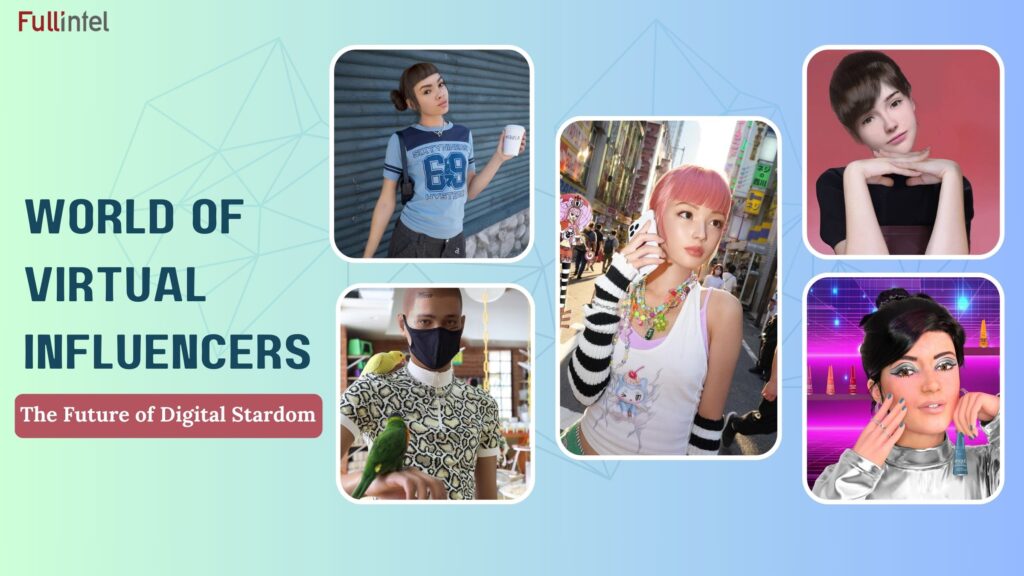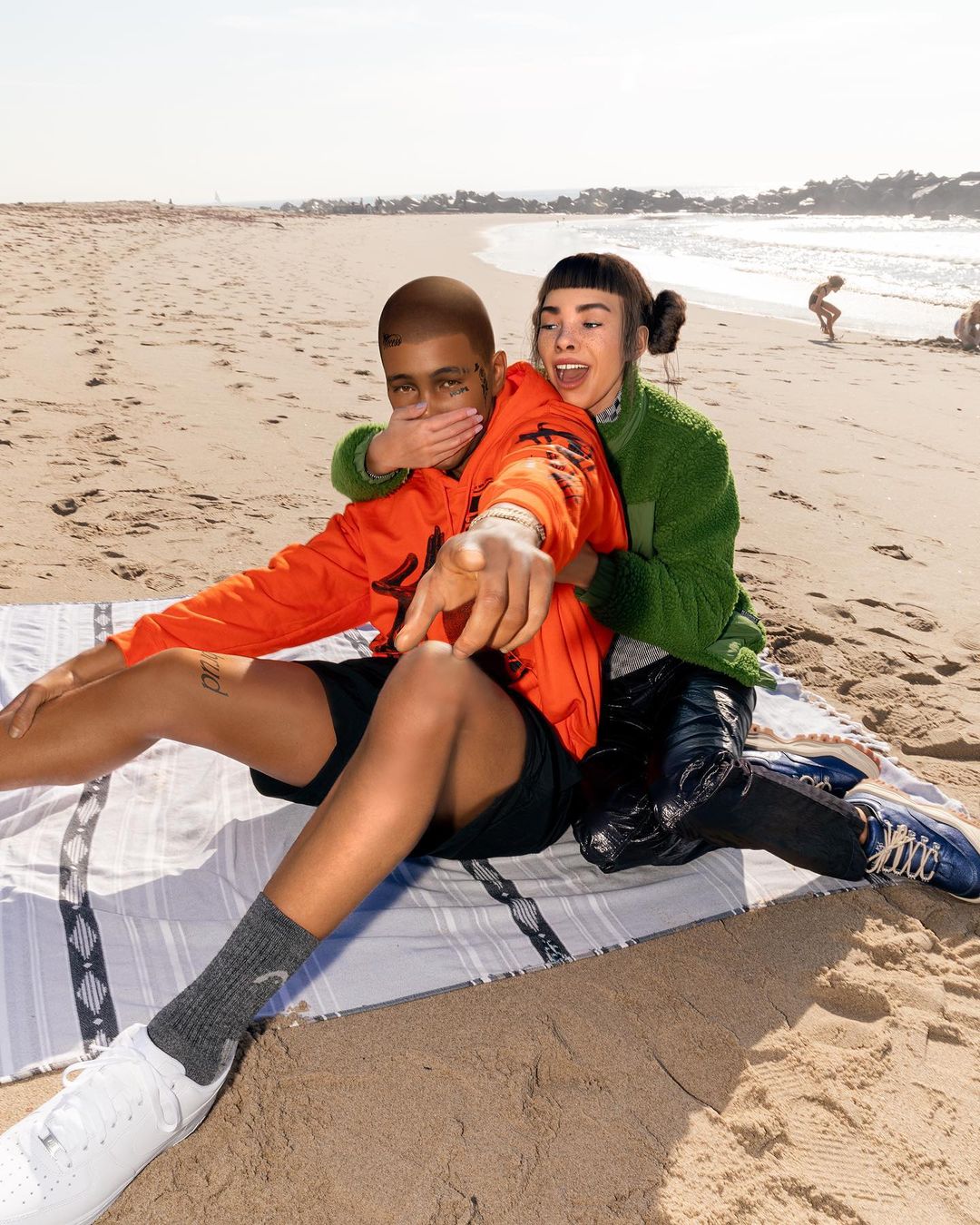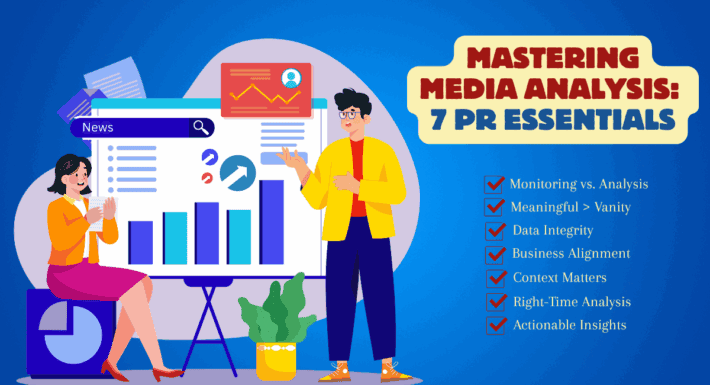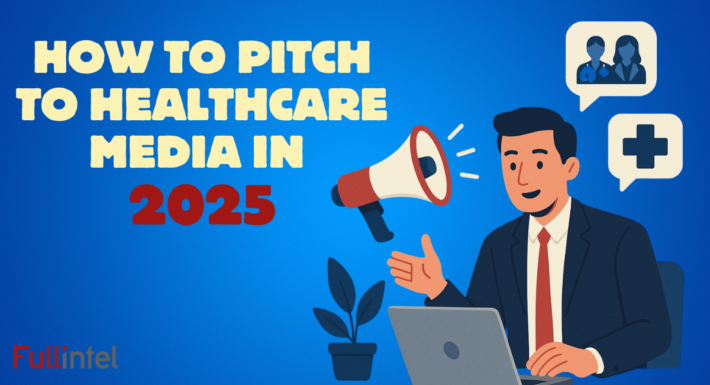Why Your Next Spokesperson May Not Be Human: Examining the Weird, Wild World of Virtual Influencers

Social media has always been full of impostors and fake people, from X’s armies of bots and spam accounts to that person we all know on LinkedIn. But they’ve all got nothing on the next wave of influencer marketing: Virtual influencers powered by A.I. and lifelike computer graphics.
But what exactly are virtual influencers, what purpose do they serve, and can your business benefit from them? We break it down for you below.
What Are Virtual Influencers?
Virtual influencers are made-up digital characters that exist primarily on social media and in the metaverse. They’re fictional social media influencers contrived from someone’s brain and given life via generative AI and computer-generated imagery (CGI).
They typically produce marketing and advertising content, post memes and other updates, and produce videos for social media—everything a real influencer does. They’re different from virtual avatars, which typically are digital representations of real people.
Virtual influencers have already proven immensely popular among some consumers and are used by big-time brands such as Prada, Calvin Klein, Burberry, Fendi, IKEA, Dior, Puma, Nike, and Amazon. One survey from 2022 showed that nearly 60 percent of respondents were following a virtual influencer on social media at the time—a number that climbed to 75 percent among Gen Z respondents.
How Popular Are Virtual Influencers?
The most popular virtual influencers include:
- Lu do Magalu: Boasts 6.9M followers on Instagram (mostly centered in Brazil) and 7.3M followers on TikTok.
- Lil Miquela: The self-described “19-year-old robot living in L.A.” has 2.6M Instagram followers, 3.5M TikTok followers, and also produces generative AI music videos. Her full name? Miquela Sousa.
- Thalasya Pov: An Indonesian virtual influencer with more than 450k Instagram followers.
- Imma: Nearly 400k people follow this “virtual girl” from Tokyo on Instagram, and more than 450k follow her on TikTok.
Virtual influencers are, for the most part, clearly marked as A.I. creations. Although sometimes it can be difficult to tell: Blawko’s Instagram bio, for example, describes him as “low-life and high-tech in the City of Angels”. They also sometimes partake in existential wanderings.
Sometimes virtual influencers even get together for “activities”.
Other times, they pose with real people, such as this collaboration between Lil Miquela and model Bella Hadid:
How Do Virtual Influencers Work?
Many virtual influencers are powered by a technology stack that includes 3D rendering and motion capture software and generative AI and machine learning models. Their owners often use generative adversarial networks (GANs) to create realistic virtual influencer photos and videos.
Their creators also usually develop an overarching narrative that tells the influencer’s virtual story (including made-up “feuds” with other virtual influencers).
In many ways, virtual influencers aren’t that much different than real people:
- Like real influencers, virtual influencers have a unique personality and visage they put forward on social media.
- Like real influencers, they also have their own social media channels featuring content about their brand sponsorships and their “lives”.
Unlike real people, though, virtual influencers don’t actually have lives. They’re not real, nor is anything they post other than the product they’re selling and maybe the backgrounds of their images.
Otherwise, it’s all fabricated—their personalities, activities, interactions, and glamorous trips.
How Are Virtual Influencers Created?
So, who pulls the strings? As it turns out, a bunch of different organizations.
Virtual influencers are often developed by influencer marketing and creative agencies with a background in tech and A.I. Lil Miquela, for example, was developed by the co-founders of creative agency Brud back in 2016. Imma was developed by Aww Inc., billed as “Japan’s first virtual human company.”
But they’re sometimes developed in-house by the brands themselves: Brazilian retailer Magazine Luiza (also known as Magalu) developed its virtual influencer, Lu Do Magalu.
What Are the Benefits of Virtual Influencers?
User-generated content and influencer marketing are both immensely popular. A recent Sprout Social report showed that 81% of surveyed U.S. marketers say influencer marketing is an essential part of their social media strategy.
While anyone exploring virtual influencers has to examine the pros and cons of using a virtual human to tout their product, virtual influencers offer plenty of benefits that human influencers don’t (or can’t). Here are some of the most obvious:
- Consistency and timelessness: In a way, a virtual influencer is any marketer’s dream: They don’t age, they don’t go out partying on the weekends, and they always do as they’re told. The personality and appearance of a virtual influencer could stay the same from now until the end of time (Lil Miquela, for example, has been 19 since 2016).
- Control over content: Brands have 100% control over any content the virtual influencer produces. While part of user-generated content’s allure is that it’s authentic, having complete control over an influencer’s content appeals to some brands.
- Adaptability: Virtual influencers can do anything, go anywhere, and speak any language. Want your virtual influencer to do a photo shoot from a Tunisian beach in six hours? Not a problem (and you don’t even have to pay for airfare).
- Cost: Speaking of cost, one of the biggest draws to using a virtual influencer is just that. While some influencers charge six figures for YouTube or Instagram posts, the cost of hiring a virtual influencer is decidedly less: Lil Miquela reportedly charges a somewhat more palatable $10k per post.
What’s the Downside of Virtual Influencers?
Brands should also consider some potential negatives of virtual influencers. Among them are potential risk factors around transparency and disclosure regarding A.I. use, especially as people have more difficulty noticing the differences between real and CGI-generated characters.
Other criticisms of virtual influencers include that they promote unrealistic body and life standards and lack authenticity or credibility (since, you know, they’re not actually real and cannot possibly experience a product or service as a human would).
Some studies have also noted that virtual influencers can more easily spread misinformation and carry an inherent “unbalanced privacy risk,” which can impact their followers’ level of data privacy risk and even their mental well-being.
Conclusion
Virtual influencers are clearly here to stay. And why not? They can provide several benefits for brands, including less cost and greater consistency and versatility than human spokespeople. Some of the top virtual influencers have millions of engaged followers.
But—as is the case with most generative A.I. technologies—there are also significant risk factors associated with the use of virtual influencers, such as a lack of authenticity and potential community backlash.
No matter which influencers you work with or target in your media monitoring and analysis, Fullintel’s robust influencer and key opinion leader intelligence reports have got you covered.
Brands and agencies can leverage Fullintel’s quantitative, dashboard-style influencer intelligence reports to stay up-to-date on the key people in your industry. They’re curated by domain and media experts with first-hand knowledge of who, and what is most important in your industry.
Contact Fullintel today to request a 30-minute, interactive demo.






